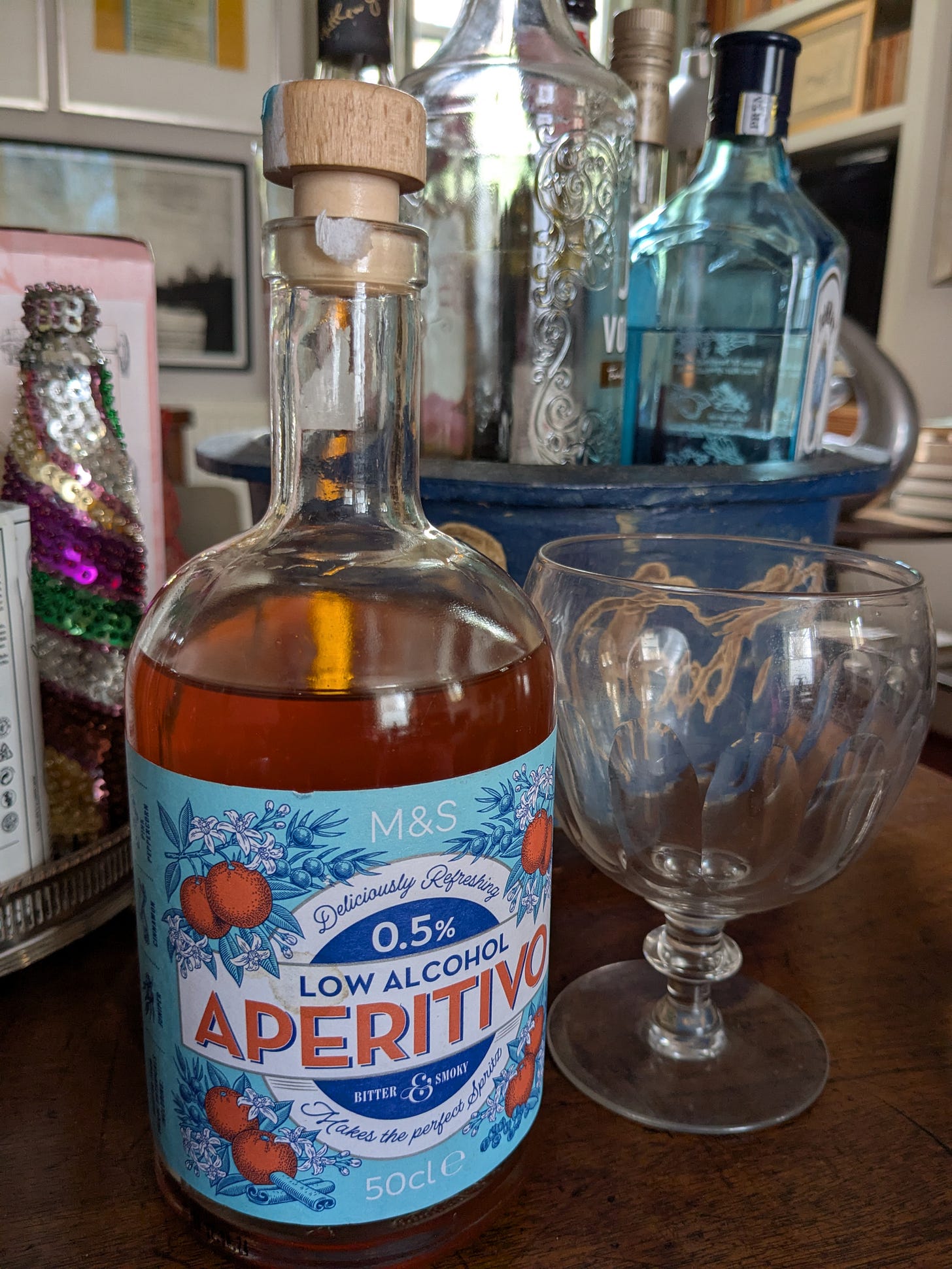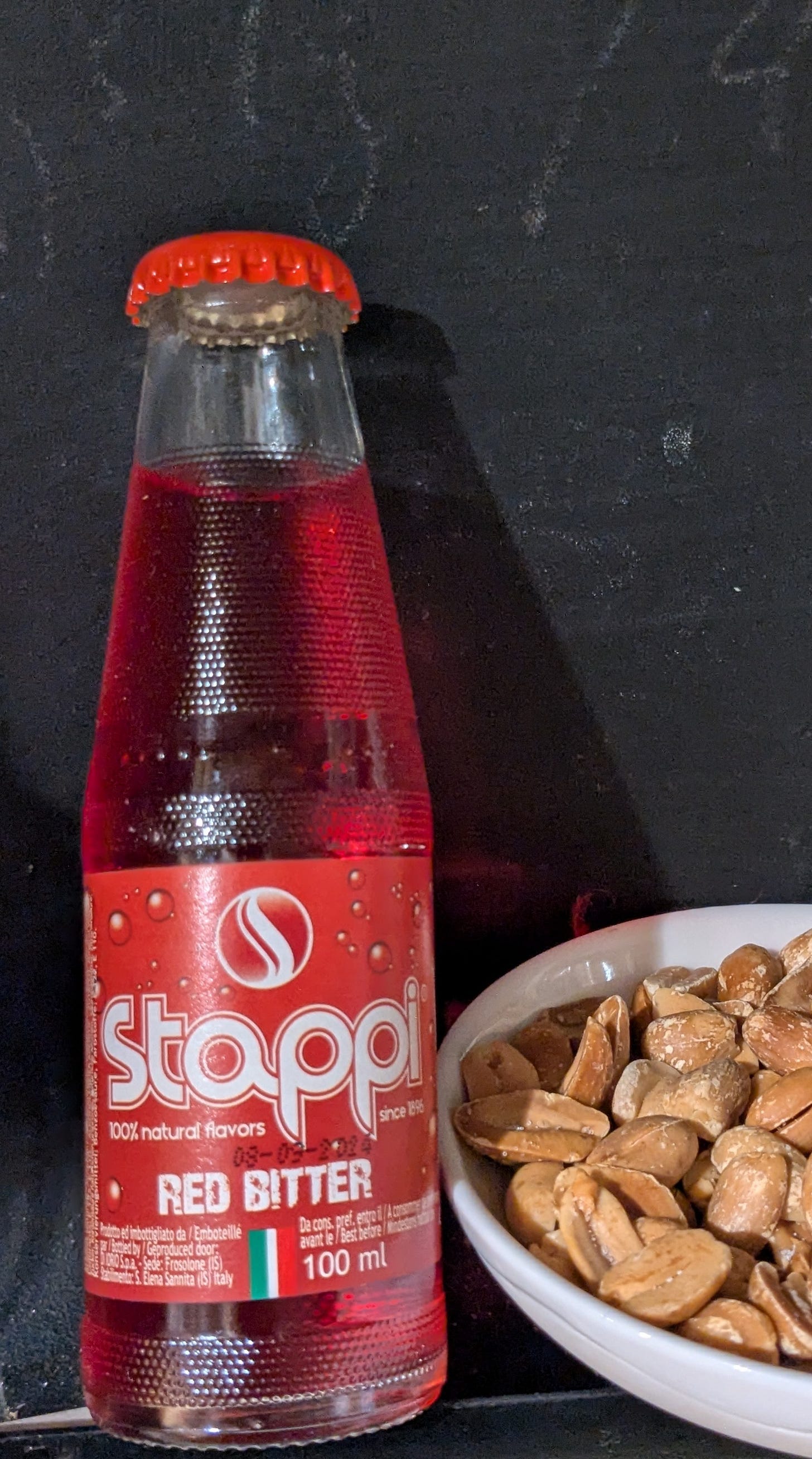
Diners, it seems, are grabbing tables ever earlier, with bookings for 6 p.m. the hot reso.
6 p.m. is surely a mere sixty minutes after the end of an English afternoon tea, and the start of the cocktail hour. And were I still under contract, a good half hour before I could respectably leave the office. Yet it’s the restaurant booking preference growing faster than standard reservations for 7.30 p.m. and later.
Once upon a time, evenings were never launched until rush hour was just a fleeting memory. While the obligation to stay out until rosy-fingered dawn at last gave you permission to totter home proud you’d stayed the course, the starting gun of a good night out was never fired before 9 p.m. It was a matter of honour to turn up at the office, head pounding like a sidewalk jogger and be able to deliver a professional day’s work. Now, when I arrive at my selected booking for my 8 p.m. table, I must stand aside as the restaurant disgorges diners waving iPhones rushing to unlock their front doors even before the waiter has taken my order. To be super fresh for the office? Given so many still work from home, that seems unlikely.
What has happened to the drive to paint the town red?
Equally, back in those unruly days, much of a restaurant’s profit depended on wine consumption. While current restaurateurs feel a little reassured by those eaters who have taken up the American ‘50s tradition of drinking cocktails rather than wine with meals, there is a general renunciation of alcohol.
That loss, along with increased property rents and the rising price of ingredients and their transportation, is part of the reason why it suddenly costs so much more to eat out. Alcohol consumption is declining at 0.5 percent per head while the global market for non-alcoholic drinks has increased by 6 percent.
The challenge no-booze makers face is to create drinks that provide the flavour and velvety smoothness that alcohol is responsible for. They do exist - at a price. A convincing non-alcoholic bottle that doesn’t feel thin on the tongue can set you back twice the cost of high-end alcoholic varieties. Brewers haven’t done badly with beer, a drink not expected to feel rich, and Guinness has had rave reviews for its non-alcoholic version.
To create alcohol-free spirits, peels, barks, herbs, flowers and spices are macerated over a length of time in water. Distillation takes place through the same copper tank-filtering technique used to make gin and more. Already, a sub-division of alcohol-free spirits has developed, non-alcoholic drinks branded ‘functional’. This means their ingredients provide benefits that go beyond just tasting nice. Damiana is said to improve stomach health, reduce ulcers and help with depression, indigestion, obesity, sexual dysfunction, and more. A busy shrub. Lion’s mane, a mushroom known for its seafood taste (hard to picture associated with a cocktail) is rich in enough vitamins and minerals that an account of them would sound as if Tom Lehrer had written the list. Along with yerba mate, credited with an ability to increase energy, reduce inflammation, lower blood sugar and cholesterol, improve exercise performance and higher bone density, these plants are said to lift the spirits (correction, the mood - there are no spirits in these drinks) of the sipper. Other plants include elements designed to make people sleep better or relieve stress and anxiety.
Most of which, in the old days, was what alcohol did.
One respected British restaurant reviewer wrote that she was looking forward to a time when wine lists offered non-drinkers not just fizzy water and the odd nod to kombucha, but a selection of seductive non-alcoholic cocktails, wines and beers. Given the non-alcoholic spirits market is growing worldwide at a rate of 10 percent, there is plenty of incentive to make it one seductive to every category of drinker.
EU citizens are responsible for drinking half the world’s wine: 107 million hectolitres in 2023. That’s roughly 1.42 billion standard 750ml wine bottles. But even so, consumption has been in decline, falling by a quarter between 2010 and 2020, the result of shifts in consumer tastes and extreme weather conditions. Winemakers whose grapes are sugaring too early, producing wines at 14 percent alcohol and above for which the market is limited, are grubbing up their vines in favour of root stocks which can cope better with increasing global temperatures, to create wines that are less alcoholic. There’s even a revival of interest in a wine that, strictly speaking isn’t one as it’s fermented from the sugar remaining in the left-over skins, seeds, stems, and pulp of the grapes. Piquette, it’s called, made from adding water to a second pressing of that ‘pomace’ to produce a ‘wine’ that can come in at 5 percent ABV (alcohol by volume) or less.
The concern in the drinks sector is that interest in non-alcoholic drinks might just be a fashion flash-in-the-pan. Manufacturers cite sales of bourbon and bourbon-based cocktails rocketing with screenings of Mad Men and Boardwalk Empire. Then slumping when the series ended.
The example of the plant-based meat market offers further cause for anxiety. After early and enthusiastic embrace by Gen Z, it’s struggling. The texture and taste of the ‘meat’ hasn’t won over everyone looking to eat a sustainable diet. Ever resourceful, the industry has come up with a solution: hybrid meat. It’s a market already valued globally at $2.5 billion and predicted to grow 10 percent over the next decade, with even established brands like Quorn getting into it.
Hybrid meat adds real meat to plant ingredients, to introduce flavour and texture. This also has the merit of ‘stretching’ the meat, reducing the cost of increasingly expensive livestock and fowl.
Does this remind anyone of the principle behind meatballs? And sausages?
Maybe there’s an example there for the drinks industry: the hybrid alcoholic drink. A small amount of alcohol added to botanicals-and-bark brews to provide mouth satisfaction. You read it here first.
The Italians have probably come closest to mastering a satisfying non-alcoholic drink, with Stappi, San Bitter and Crodino. The latter is made by Campari who know their bitters. Launched in 1961, it’s still the best no-spirits cocktail on the market.
I like to make alcoholic cordials for summer drinking. You’ll find the recipe for Crème de Cassis that the French top up with white wine for a Kir here, or with Crèmant or Prosecco for a Kir Royale.
But at this rhubarb season, I make Rhubarbcello, the beautiful liqueur in the second bottle from the left that I invented. (Apparently, plenty of other people have invented it, too.) Like Crème de Cassis, you can use it as a base for a Crèmant or Prosecco for a Rhubarbcello Royale, or just top it up with fizzy water.
2 half gallon lidded storage jars
1kg/2 lbs rhubarb stalks
1 cup sugar
Chop the rhubarb into 2.5cm/1 inch pieces. Tip them into a glass or china bowl and add the sugar, tossing it thoroughly through the rhubarb. Cover and leave to macerate 24 hours.
Scrape the rhubarb, all the remaining sugar and the rhubarb juice between the jars. Pour over cheap-o vodka to cover. It should take one bottle between the two jars. Lid the jars, give them a good shake, and store in a dark cool place for 6 weeks.
Strain the jars through a fine mesh sieve into a clean bowl. Resist pressing every last drop of juice out of the stalks or you will produce a cloudy liquid. But feel free to shake the sieve a bit. Taste for sweetness - rhubarb is a tart fruit. If you need more, melt sugar in a little water, cool, then add to taste.
Rebottle and serve ‘stretched’ (in hybrid-meat parlance) with fizzy water, white wine or Crèmant or Prosecco. Though it’s pretty nice served chilled on its own, just like Limoncello. I added the sieved fruit to a fruit crumble. Waste not, want not, and all that. It was pretty nice.








Just signed up. Love your writing and humor. Your kitchen is incredible! I have an open kitchen too but the 4’ wide thing staggers the imagination! Crazy off topic I can’t find way to change my email. Substack sends info to my dead email to change to my new!!! Crazy town. This 75 year old needs help!
I love your writing Julia. I love Martin's also. Wish you were near enough to share some Rhubarb-cello. I made a similar cordial with carambola (starfruit). Our tree produces bushels of the stuff without any effort from us. Sadly, I was not a fan of the finished results, and bushels of starfruit continue to make compost! Glad I can live my food and alcohol dreams vicariously through your posts.